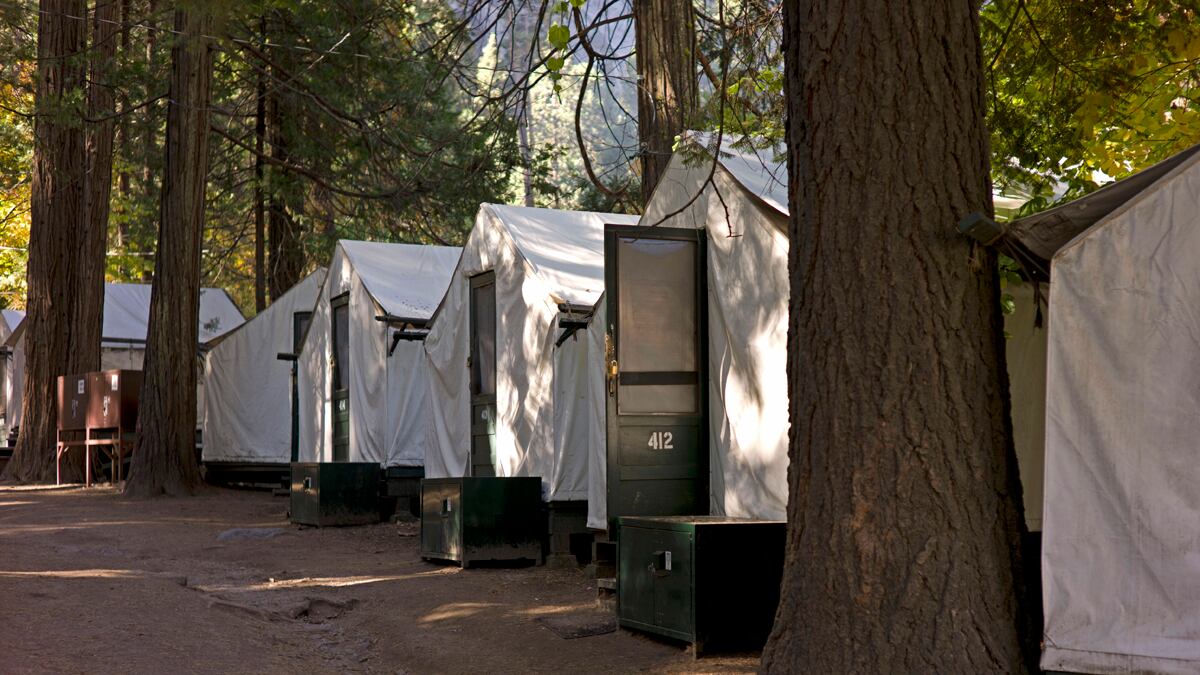Hikers and campers in a certain area of California’s Yosemite National Park recently were advised to worry. Those 10,000 or so people who had spent time this summer in one of the park’s 91 “signature tent cabins” of Curry Village (a structure more tent than cabin) were informed they may have been exposed to the potentially lethal Hanta virus.
Thus far, according to the Parks Service, six people have contracted the disease and two have died, a rate that is in line with the expected mortality rate of 35 percent.
Alarmingly, the disease has no specific treatment. There is no known effective antiviral drug, no vaccine, and no preventative medication. Rather, patients with the disease are given “supportive care,” including intravenous fluids, blood products as needed, and oxygen, and are managed according to whatever symptoms they may develop. The only good news about the disease is that, unlike so many other viruses ranging from influenza to Ebola, this one is not contagious person-to-person. Only the unlucky soul directly exposed to the virus at its environmental source itself becomes ill.
In very short order, the California public-health authorities were able to zero in on one small part of Yosemite because all of the people who became ill had resided there. The rest of the park, for now, seems free of Hanta-infected rodents. Plus, enough is known about Hanta virus—named during the Korean War for Korea’s Hantaan River, where a similar disease was seen among soldiers—that the setting seemed all too plausible.

Hanta virus is one of the few infections transmitted by rodent urine and/or droppings (and possibly rodent saliva). As any camper knows, actual nature, unlike your apartment building, is full of rodents, little furry things that dart underfoot from here to there, and which, unlike those you do spot in your apartment, seem cute and even lovable—more Mickey Mouse than Biggie Rat. With most diseases spread by rodents, the mouse or rat or vole is only an intermediary (a “host”) for fleas and lice and the like. It’s the fleas that do the transmitting for plague and other infections. Or once in a while the rodent will spread infection by biting causing a disease called, chillingly enough, rat bite fever.
In the case of Hanta however, the rodents leave the virus behind in their excretions as they scurry about in your tent or apartment looking for their next crumb. From there, the likely mode of spread is this: a well-meaning new camper decides to sweep up in the cabin before moving in and with this action, kicks up all the dust in the room—including some virus-laden droppings or dried urine. The same sweeper then unwittingly inhales several deep breaths of the aerosolized virus; this in turn affords the virus the chance to become established in a person’s lungs and cause disease. The time-honored preventative step is to wear a mask when sweeping (or to not sweep at all).
Still, some cases of Hanta occur in those who didn’t sweep in tents or cabins; in the original outbreaks across the Southwest U.S. in 1993—perhaps the last pre- Internet disease outbreak—not every person had broom in hand. In the hundreds of cases reported to the CDC in the ensuing 19 years (about 30 cases a year), risk was not established in every case, though most occurred in rural settings across the West and Southwest. Overall, young men, particularly American Indians, account for many cases—perhaps because they love to sweep cabins so much, or else because of other, still poorly understood exposures.
One unsettling aspect of the disease—an incubation period of 4 to 6 weeks—complicates epidemiologic research considering our memory for what we did that long ago. Anyone remember what they did on Bastille Day? This very long amount of time also adds to the drama of the current situation. The “all clear” for many of the 10,000 possibly exposed campers will not be given till early October—a long time to fret. Yet assuming there is no big piece of news about to be sprung upon us, it is likely that very few (if any) of those now worried will come down with a severe form of the disease. The pace of documented disease thus far, though disturbing, is not the wild spike of activity seen in the most horrifying outbreaks. That said, predicting the behavior of infectious diseases is a sucker’s game, falling far short of weather forecasting and stock market prognostication in its scientific underpinnings.
One more thing: the fact that the Hanta virus outbreak occurred in the deepest, most pristine corner of nature among healthy people living a life of fitness and adventure is not a cause for schadenfreude among the slobs and slackers among us. Furthermore, man’s assault on the earth has nothing to do with the Yosemite outbreak. Rather the current Hanta cases are yet another reminder that although nature has infinite charms and seductions, it is completely disinterested toward Homo sapiens and only too happy to display its feral underside of countless horrors: infections on the loose, bears eating people, hurricanes, avalanches, and tornadoes. These tragedies are not solely the products of global warming, though our big fat carbon footprint surely is making matters worse, and faster. They are simply a fact of life.






